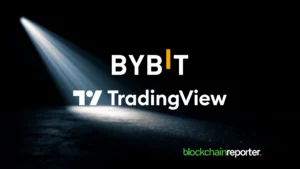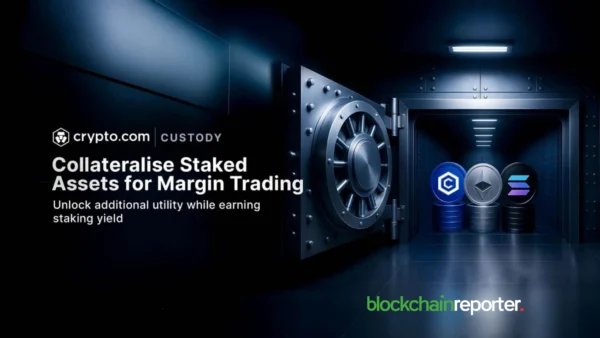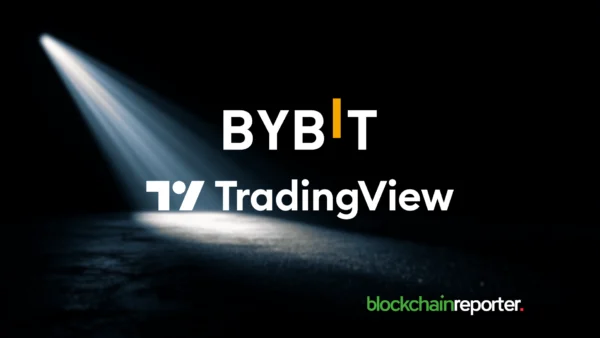
According to on-chain data, Tether, which sponsors the USDT stablecoin, has minted an extra $3 billion within the last 10 hours. This latest issuance has taken the overall minted supply of USDT to an astounding figure of $13 billion since November 8, 2024.
Such growth, characterized by the fast increase in the supply, can partially be attributed to the paltform’s role as one of the most prominent providers of liquidity in the crypto markets.
Transaction Details: Billions Transferred
Blockchain analytics reveal a sequence of large transactions made by the Tether treasury.
- $2 Billion Transfer: From Tether’s multisig wallet to their treasury.
- $1 Billion Transfer: To a “Black Hole” address through Tether’s multisig wallet.
Such transactions are usually indicative of treasury rebalancing or anticipatory actions of market funding, especially from exchanges such as Kraken and Bitfinex.
What’s Driving the Demand?
The increase in the creation of USDT can be attributed to the massive traffic observed in the crypto market. Experts attribute this to a number of factors, including investor’s increasing interest due to previous Bitcoin price surges. Platforms like USDT are exceptionally relevant in the contemporary world economy today because they provide optimal means of trading, DeFi, and foreign transfers. This trend seems to be reflected in the uptake of institutional adoption as organizations use stablecoins to manage risks and provide funding.
Industry Reactions and Concerns
Thus, different sentiments have continued to prevail in the crypto community on the effects of the mass issuance of tether. While optimists see it as the natural growth of the market, skeptics are concerned about the ability of Tether’s reserves to support such a large number of tokens. Transparency and regulation remain the burning issues for Tether as it expands the market share among stablecoins.
Key Takeaway
The minting of $ 13bn USDT since early November has supported Tether’s position, which remains at the core of the global crypto space. This development thus displays that there is demand in the market for more stablecoins. Still, it also builds the concern of governance when it comes to stablecoins as the financial industry continues to expand.









